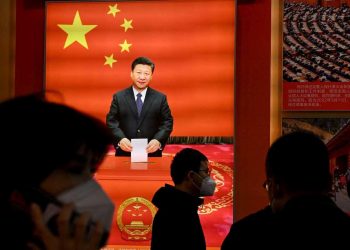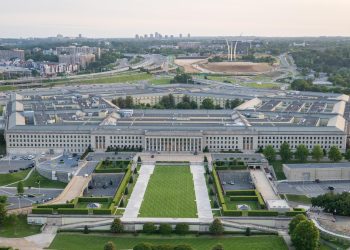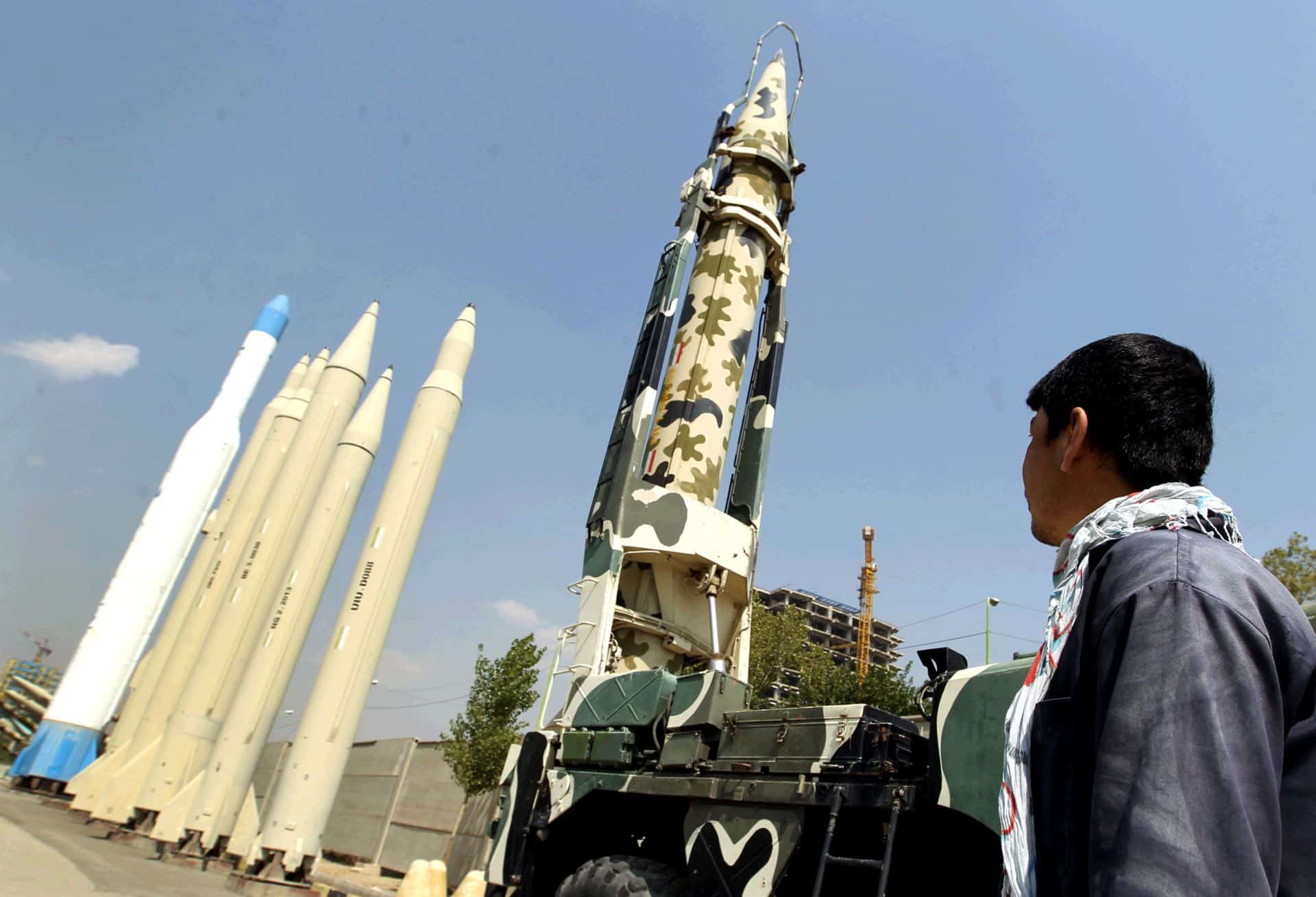Forecast International, NEWTOWN: In its bid to enhance power projection, the United Arab Emirates has become a pre-eminent military market among today’s emerging economies, even outpacing Saudi Arabia, traditionally the Middle East’s largest military market. Indeed, arms deliveries to the country in less than two decades have increased to a level comparable to those of China, Egypt, Israel, India, and Taiwan, thus cementing its position as a major international arms market.
Engendered by the first Gulf War and the increasingly volatile security environment of the Gulf region, the UAE to date has procured a who’s who of military hardware, including 388 Leclerc main battle tanks, 30 AH-64A attack helicopters, 12 Project Ghannatha amphibious troop transports, 30 Mirage 2000-9 tactical fighters, and 80 F-16E/F tactical fighters. Clearly, the UAE military market is geared toward building capability.
In the last two years, however, the UAE military market has begun transitioning toward procurement of systems that allow existing capability to be leveraged more effectively. Specifically, it has shown greater demand for technologies and platforms that serve to enhance power projection and act as force multipliers. Trends in the UAE’s contract requirements and subsequent requests-for-information indicate that the UAE believes the need for power projection and force multiplier technologies can be met by acquiring strategic mobility, ISR (intelligence, surveillance, and reconnaissance) systems, and blue-water naval capabilities.
The UAE military market has since been marked by myriad acquisitions aimed at gaining these technologies and platforms. Focusing on strategic mobility, the UAE Air Force earlier this year ordered three Airbus A330 multirole tanker transports. The UAE Ministry of Defense has placed a premium on ISR systems in recent years; it has solicited contracts for various UAVs, AEW&C aircraft, and the Yahsat military communications satellite to cover operations at the tactical, operational, and strategic levels, respectively. The UAE Navy’s blue water plans include six Baynunah class corvettes, with delivery beginning in 2008.
Recent acquisition priorities are indicative of the key drivers of the UAE military market and thus highlight emerging opportunities for Western defense contractors. The UAE military market has traditionally favored U.S. and European defense contractors, in part due to their ability to provide the high-tech systems that the UAE views as a strategic advantage needed to offset the relatively small size of its military; of the $17.6 billion in arms transfers to the UAE from 1998-2005, U.S.- and Western European-based defense contractors accounted for 47 percent and 43 percent, respectively.
As the UAE looks to acquire force multiplier and power projection assets while seeking to transform its military along the same net-centric principles adopted by the U.S. and leading European militaries, U.S. and European firms will be positioned to garner lucrative contracts in one of the Middle East’s fastest growing military markets.
“These opportunities will most certainly be manifested in the form of strategic partnerships between Western primes and the UAE defense industry,” said Matthew Ritchie, who prepared Forecast International’s UAE report. “Offsets, advantageous tech transfer, and local sourcing have long been tenets of the UAE’s major military contracts; however, its desire to expand its indigenous defense base is pushing partnership as the new qualification for contract participation.”
Such strategic partnerships have been endemic to recent acquisitions focusing on strategic mobility, ISR systems, and blue-water naval capabilities. Abu Dhabi-based Gulf Air Maintenance Company (GAMCO) and Dubai Aerospace Enterprises are both reportedly expecting significant roles in life-cycle operations of the A330 multirole tanker transports; Austria’s Schiebel has licensed component production of its S-100 UAV to the UAE’s UAV Research and Test Center; Boeing and an Alcatel/EADS Astrium consortium, competitors for the $1 billion Yahsat contract, will be required to share technology with the UAE’s Mubadala Corporation Co; and French shipbuilder CMN is having to release its proprietary BR70 hull form to Abu Dhabi Ship Building for construction of follow-on Baynunah class ships.
“The UAE military market’s increasing demand for high-tech force multipliers and power projection systems will direct its acquisition trends well into the next decade,” Ritchie said. “The emphasis on strategic mobility, ISR, and a blue water navy foreshadow the type and increasing value of technologies and platforms to be demanded in coming years.”
U.S. and European defense contractors are situated to take full advantage of the coming tech boom in the UAE’s military market; however, they must be willing to engage in partnerships that may reduce profits if they interested in ensuring market access.
Forecast International, Inc. is a leading provider of Market Intelligence and Analysis in the areas of aerospace, defense, power systems and military electronics. Based in Newtown, Conn., USA, Forecast International specializes in long-range industry forecasts and market assessments used by strategic planners, marketing professionals, military organizations, and governments worldwide.
US-China trade war surges, overshadowing Trump climbdown
The US-China trade war intensified Thursday, sending the global economy into unknown territory and dampening relief after President Donald Trump's...









